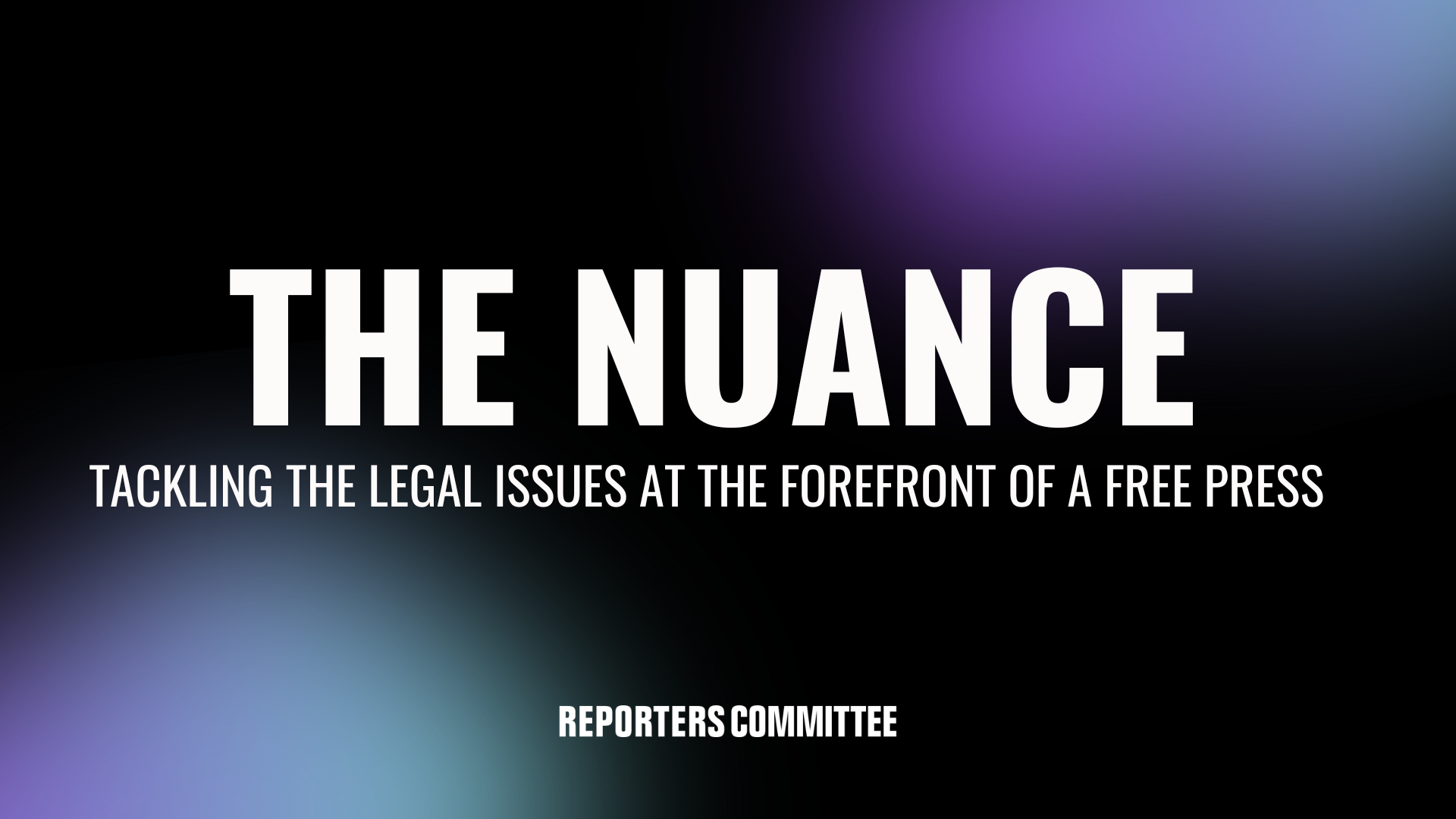The cost of an objective ‘true threats’ approach

Last Wednesday, the U.S. Supreme Court heard oral arguments in Counterman v. Colorado, a case about whether a constitutionally unprotected “true threat” requires that the speaker have a subjective intent to threaten.
“True threats” is one of the few categories of speech where the First Amendment permits its regulation based on its content (others include incitement, defamation, and obscenity). But the Supreme Court has been careful to define each of these categories narrowly to avoid incidentally silencing constitutionally protected speech. Explaining the need for these narrow conceptions, the Court has said they give First Amendment freedoms the “breathing space” they need “to survive.”
During the oral argument, Justices Elena Kagan and Neil Gorsuch asked John Elwood, partner at Arnold & Porter and Counterman’s lawyer, about the consequences of ruling against him and holding that courts need not admit evidence of an individual’s subjective intent to threaten in criminal prosecutions for threatening speech. Justice Kagan suggested skepticism that the “breathing space” rationale would apply to true threat-adjacent speech, and asked Elwood why the Court should be concerned about chilling speech that, to her, lacks social value. Justice Gorsuch made the same point.
Well, our friend-of-the-court brief explains exactly why (as Elwood pointed out in response to Justice Gorsuch, shouting out our brief by name along with a couple others) by highlighting how such a standard would chill valuable journalism. (We don’t mean to gloat, but we have had quite the streak lately; our friend-of-the-court brief in United States v. Hansen, a challenge to a law criminalizing encouraging undocumented immigration, got a shoutout in the oral argument last month, too.)
Reporters, for instance, might approach efforts to contact potential sources with more trepidation. This is not hypothetical. As we discuss in our brief, subjects of important investigative stories have attempted to quash that kind of reporting by claiming a threat to their safety. In one recent case, a cosmetic surgeon falsely claimed that he was threatened with violence to obtain a restraining order against two Los Angeles Times reporters investigating allegations that he was practicing medicine without a license. Journalists have faced similar legal risks (including criminal charges) for reporting on or attempting to get comment from candidates for public office, law enforcement officials, and a housing authority commissioner.
The justices asked lawyers for both sides about the challenges of understanding the threatening nature of a statement like “I am going to kill you” without the benefit of the speaker’s intent. Though such a statement may not, on its face, seem socially valuable, there are contexts where it might be.
In 2003, the Los Angeles Times published a cartoon depicting “a man pointing a gun at President Bush,” prompting Secret Service officers to visit its offices out of concern over “material that might be construed as a threat against the president.” In fact, the cartoonist intended “the opposite” — an expression of frustration that “Bush [was] being undermined by critics” in a “political attack.” And the Supreme Court itself has recognized the importance of particularly harsh or vitriolic parody and satire to “our political discourse.” Chilling this kind of speech, and the publication of hyperbolic political statements more broadly, could harm journalists reporting on controversial (and often consequential) matters of public importance in particular.
(It is also worth noting, as Elwood did in the argument, that chilling statements without any conceivable social value still enacts a First Amendment harm since it requires speakers to unduly focus on the reaction an audience might have to their speech, taking away some of the “rough and tumble” — Elwood’s words — of discourse, particularly online where context is more sparse.)
We hope the Court (and you, dear reader) are convinced of the substantial social value in speech that could, under too broad a conception, be construed as threatening. And we hope that its decision preserves that value instead of chilling it. As always, we’ll keep you posted one way or the other.
Like what you’ve read? Sign up to get The Nuance newsletter delivered straight to your inbox!
The Technology and Press Freedom Project at the Reporters Committee for Freedom of the Press uses integrated advocacy — combining the law, policy analysis, and public education — to defend and promote press rights on issues at the intersection of technology and press freedom, such as reporter-source confidentiality protections, electronic surveillance law and policy, and content regulation online and in other media. TPFP is directed by Reporters Committee attorney Gabe Rottman. He works with RCFP Staff Attorney Grayson Clary and Technology and Press Freedom Project Fellow Emily Hockett.